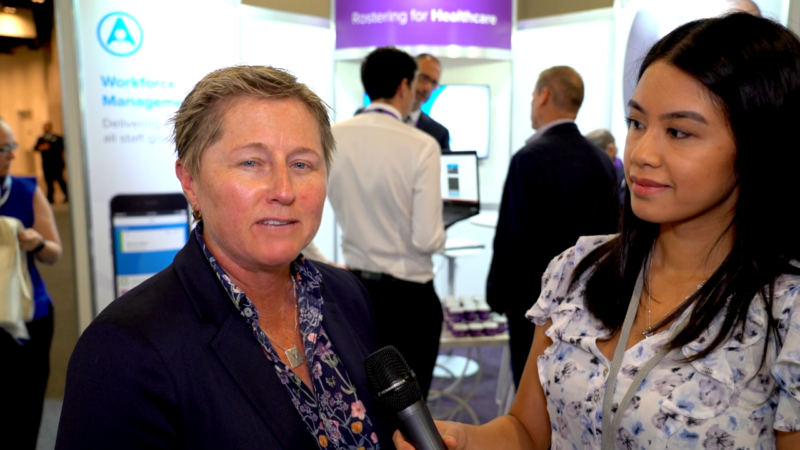SURGICAL SITE INFECTION (SSI) SYNOPSIS, INCLUDING MODIFIABLE AND NON-MODIFIABLE RISK FACTORS Estimated 45,000 SSIs occur annually in Australia leading to approximately 900 deaths.
Reducing surgical site infections (SSIs) involves a combination of measures before, during, and after surgery. These include preoperative measures, with preoperative antibiotics, skin preparation and hair removal.
Intraoperative measures including deploying sterile and proper surgical technique, including maintaining normothermia or body temperature within ranges that optimise immune function and wound healing.
Postoperative measures include surgical wound management, using appropriate dressing changes, and anti-bacterial sutures. The mobilisation of the patient is continued to improve circulation and promote healing, as well as the monitoring and surveillance of signs of infection.
Some of these measures are discussed by Professor Philip Russo, a healthcare researcher and the Director of Research at Nursing and Midwifery at Monash University in Melbourne.
Professor Russo has dedicated the last decade to studying healthcare-associated infection and infection prevention and control. His focus has been on surgical site infections, which are common in hospital settings.
He talks about surgical site infections classified as either superficial, involving only the subcutaneous tissue, or deep, which may involve muscle, bone, or organs. These infections occur after a surgical procedure, manifesting as redness, soreness, and fever around the surgical site. While superficial infections are generally easier to treat with a short course of antibiotics and are often managed outside the hospital, deep and organ space infections are more serious and can be life-threatening. They often require long courses of antimicrobial therapy and may necessitate additional surgical intervention, leading to extended hospital stays and increased morbidity and mortality.
Talking to the Australian Health Journal, Professor Russo states there is a particular concern in joint operations, such as hip or knee replacements, as infections in these areas can have severe consequences, including the removal of the infected joint, prolonged treatment, and significant costs for both hospitals and patients. Despite the substantial impact of surgical site infections, Australia lacks a national surveillance program for these infections, making it challenging to obtain accurate data. However, an estimate suggests that around 45,000 surgical site infections occur annually in Australia, resulting in approximately 900 deaths.
To better understand the prevalence of surgical site infections, Professor Russo and his team conducted a point prevalence survey in 19 acute large hospitals across Australia. The survey revealed that approximately 10% of patients had an infection, with surgical site infections accounting for around 28% of these cases, making them the most common type of infection found in adults in acute care hospitals in 2017-2018.
Professor Russo also highlights various risk factors that contribute to the development of surgical site infections, including non-modifiable factors such as age, gender, and immune status, as well as modifiable factors like diabetes, obesity, and tobacco use. By addressing these risk factors before and during surgery, the likelihood of infection can be reduced.
Through his research, Professor Russo aims to raise awareness about the significant impact of surgical site infections and the importance of implementing preventive measures to reduce their occurrence and improve patient outcomes.
You Might also like
-
The Northernmost Pharmacist in Australia
Carli Berrill is a Co-Owner and Pharmacist of two pharmacies in Far North Queensland, including one on Thursday Island in Torres Strait, which is the most northern pharmacy in Australia.
Her role with the Thursday Island Pharmacy is to provide essential health and pharmacy services to 15 communities, including remote islands south of Papua New Guinea. The role for the community is the important ‘constant’ in being a trusted and familiar healthcare professional.
-
Michelle Fenwick – Northern Health
The outskirts of Melbourne is experiencing significant population growth over the next 10 years and Northern Health has taken preemptive steps to ensure the supply of new talented healthcare staff as well as develop the culture of the workplace.
Michelle Fenwick, the Executive Director of Northern Health spoke with our reporter Anne Dao on the challenges of this urban growth over the past 3 years. By 2031 the region is expected to increase in population by 63%. Added to this is hiring and training the right workforce to align with the clinical care needs of people coming into the healthcare centres.
Culture is forming in a growing organisation with approximately 70% of staff having been at Northern Health less than 4 years. However there is opportunity for clinical staff to accelerate their career in such an environment
Post Views:
2,243 -
The Case for Embedded Pharmacy in Residential Aged Care
Embedded pharmacy in residential aged care has been successful in South Australia at the Tanunda Lutheran Home in the Barossa Valley. Julian Soriano talks about his pharmacy role in medication management and medication safety to deliver the best clinical care for residents.
In this segment, Julian talks about the traditional pharmacy model serving residential aged care and the limitations of the imprest process for dispensing medication. Soon into the project he saw the collaboration required with GPs and onsite nurses in dispensing medication for residents in end-of-life or palliative care. Julian sees the imprest process unable to support end-of-life residents, even being able to check the availability of medication.
But what most may not be aware of, is his rapid growth since starting the business in 2013 having just been in health care a few years earlier. Being part of a 2nd generation health care family, Shawn learnt from his father on site and at trade show visits overseas. Prior to HPA, he spent 2 years working in fit-outs of operating theatres, neo-natal and general population ICU, throughout being more fascinated with what he saw.



